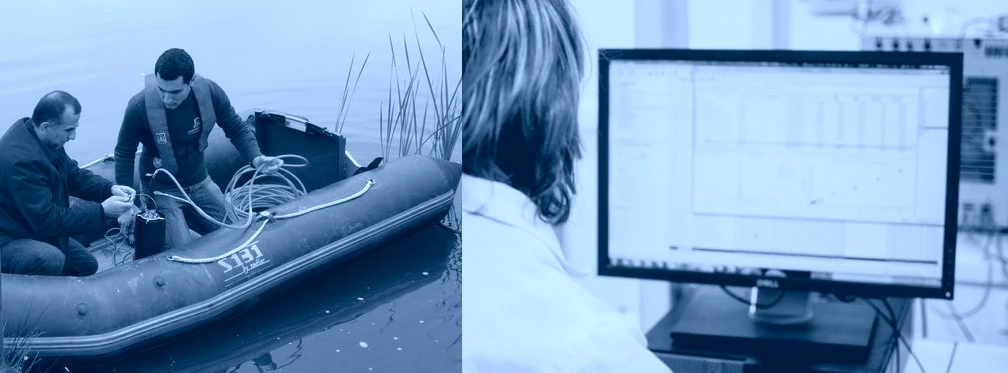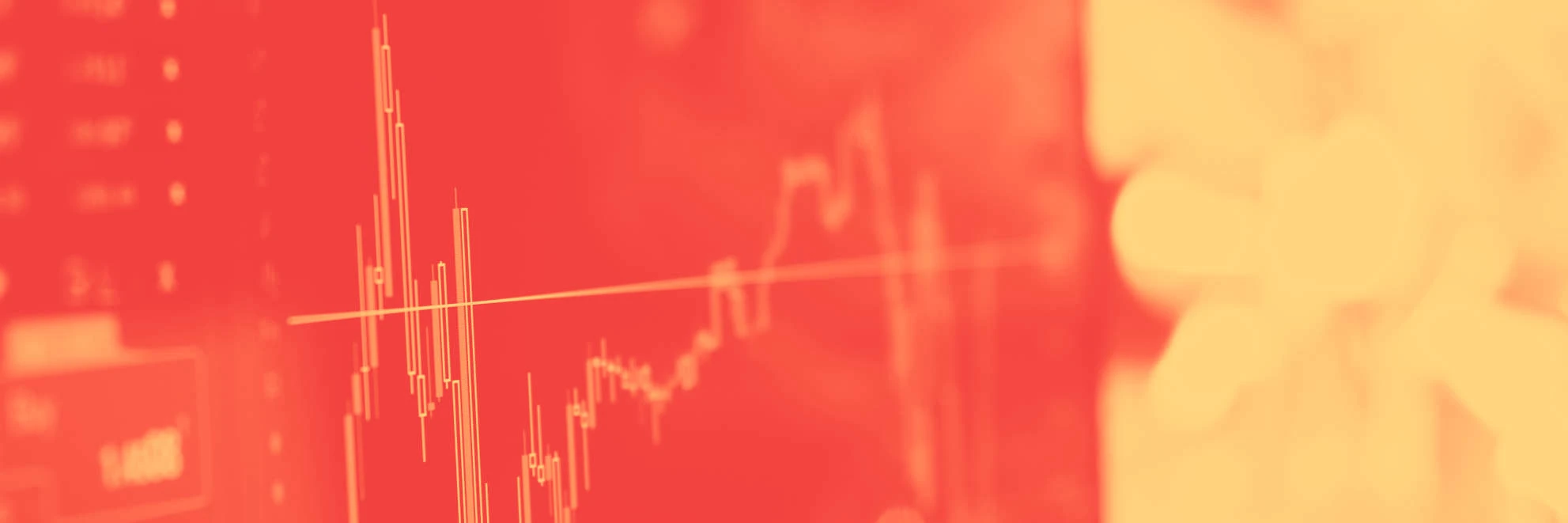Recent publications
936.
- titre
- Assessing water quality restoration measures in Lake Pampulha (Brazil) through remote sensing imagery
- auteur
- Alexandre Assunção, Talita Silva, Lino de Carvalho, Brigitte Vinçon-Leite
- article
- Environmental Science and Pollution Research, 2025, ⟨10.1007/s11356-025-35914-6⟩
- titre
- Do suspended particles matter for wastewater-based epidemiology?
- auteur
- Gauthier Bernier-Turpin, Régis Moilleron, Chloé Cenik, Fabrice Alliot, Sabrina Guérin-Rechdaoui, Thomas Thiebault
- article
- Water Research, In press, 280, pp.123543. ⟨10.1016/j.watres.2025.123543⟩
- titre
- Plastic debris dataset on the Seine riverbanks: up to 38 000 pre-production plastic pellets reported per square meter
- auteur
- Romain Tramoy, Laurent Colasse, Johnny Gasperi, Bruno Tassin
- article
- Data in Brief, 2025, pp.111735. ⟨10.1016/j.dib.2025.111735⟩
- titre
- La persistance des champs d’épandage d’eaux usées de l’agglomération parisienne au cours du second XXe siècle
- auteur
- Etienne Dufour
- article
- Métropolitiques, 2025, ⟨10.56698/metropolitiques.2174⟩
- titre
- Stock and vertical distribution of microplastics and tire and road wear particles into the soils of a high-traffic roadside biofiltration swale
- auteur
- Max Beaurepaire, Tiago de Oliveira, Johnny Gasperi, Romain Tramoy, Mohamed Saad, Bruno Tassin, Rachid Dris
- article
- Environmental Pollution, 2025, 373, pp.126092. ⟨10.1016/j.envpol.2025.126092⟩
ChemBiodiv - presentation
published on , updated on
Years : 2024 - 2027
Name of the project : ChemBiodiv: Linking Chemical Pressure to Its Effects on Biodiversity in Urban Waters.
1. Context and proposal
The quality of aquatic environments and water resources can be assessed through their chemical contamination, particularly by emerging contaminants, or through the biodiversity they support. The presence of contaminants (e.g., pesticides, biocides, pharmaceuticals, industrial or household products, etc.) negatively affects ecosystem health, causing harm to aquatic organisms, biodiversity loss, and human health issues, such as degraded water quality for drinking water production and increased risks of antibiotic resistance.
To characterize chemical contamination in aquatic environments, non-targeted analysis methods using high-resolution mass spectrometry (HRMS) have been developed to capture chemical fingerprints of organic contaminants in samples. At Leesu, two doctoral theses have explored this topic: the first (Nina Huynh) focused on developing the analytical method and applying it to analyze pollutants in various urban waters, particularly within wastewater treatment processes. The second thesis (Julien Sade), initiated as part of the MeSeine Innovation program, aimed to develop advanced computational tools for data processing, using numerical and statistical approaches to link detected chemical signals to the measured toxicity of Seine River water samples impacted by urban discharges.
In parallel, the study of environmental DNA (eDNA) — capturing signals from macro- and microorganisms in the environment through water samples — has become increasingly used for monitoring biodiversity. At Leesu, such metagenomic analysis methods were applied in the thesis of Sadia Bagagnan, enabling precise characterization of bacterial communities in the Seine. These studies revealed the dynamics of these communities under various anthropogenic pressures (e.g., urban discharges, wastewater disinfection treatments) and seasonal or climatic variations.
Recent technological advances allow for the recording of chemical fingerprints using non-targeted approaches and the measurement of environmental DNA for biodiversity analysis, generating vast amounts of data. The challenge lies in developing multivariate analysis tools to facilitate the use of these datasets. Digital tools are increasingly being applied to process and interpret HRMS spectra of contaminants in water, as well as environmental DNA to extract biodiversity indicators or explain spatial and temporal variability.
Combining these two approaches offers a promising path to characterize complex chemical mixtures while simultaneously analyzing their effects and impacts on ecosystems.
2. Objectives
The overall objective of this project is to evaluate the feasibility of jointly interpreting HRMS chemical fingerprints of water contaminants with biodiversity data provided by eDNA or microbial biodiversity analyses, by developing and applying numerical methods.
More specifically, the aims are to:
- Identify key tracers or indicators for each data type (HRMS and eDNA) based on scientific literature and automate their processing.
- Develop data processing methods to integrate HRMS and eDNA datasets using advanced statistical tools or machine learning techniques.
- Propose a relevant sampling strategy to collect both HRMS and eDNA data, enabling regular monitoring across different sampling points.
- Track and interpret the spatio-temporal evolution of molecules/markers of interest identified earlier, with monitoring conducted at various frequencies (seasonal, weekly, daily) and along multiple sampling points in the Seine River.
3. Funding
- EUR LIVE (Graduate School Life Trajectories & Health Vulnerability : Doctoral schlolarship of Ravo Ravaosafindrasoa

- Ile-de-France region - PRPhD 2024 : Doctoral scholarship de Malek Baroudi
- SIAAP (MeSeine Innovation program - action 2.2.3)

4. Partners
- Université Paris-Est Créteil - LEESU
- École nationale des ponts et chaussées - LEESU
- SIAAP - Direction Innovation
Contacts: Adèle Bressy, Julien Le Roux, My Dung Jusselme

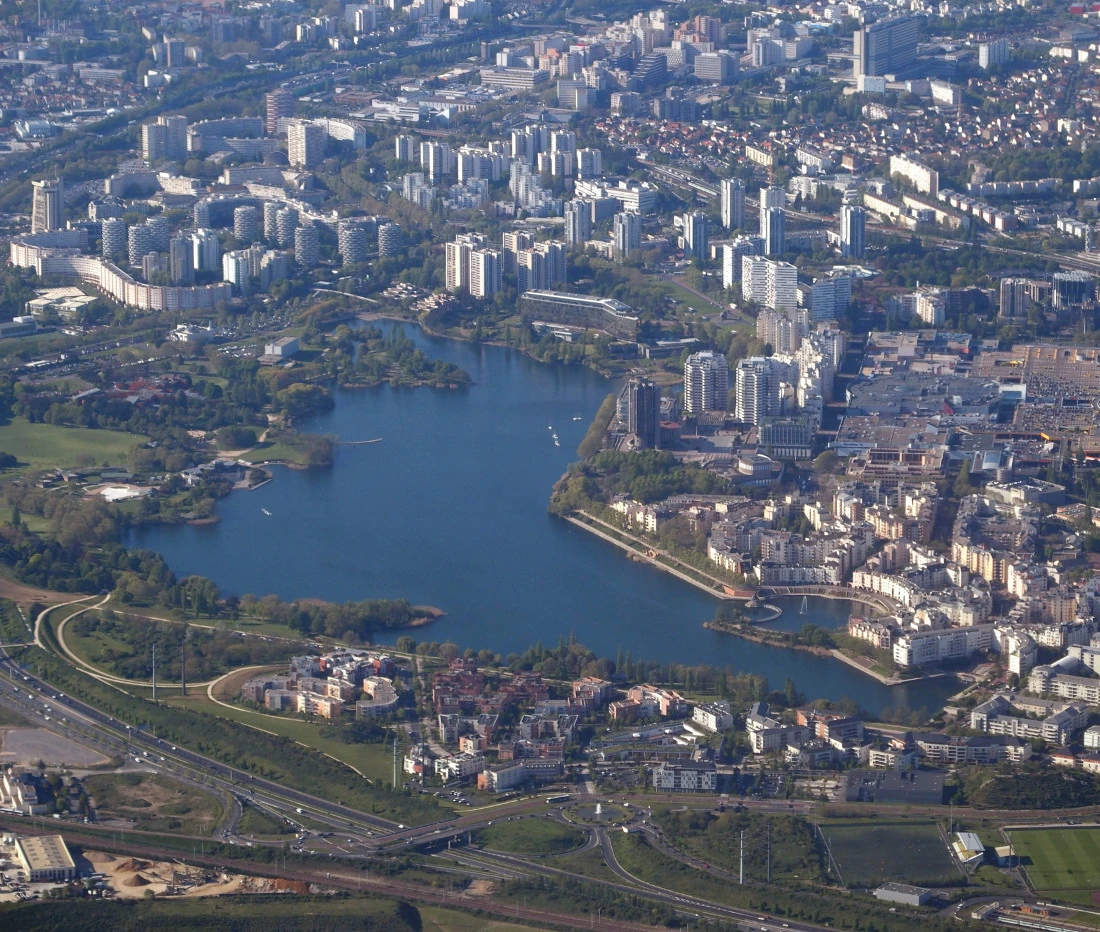



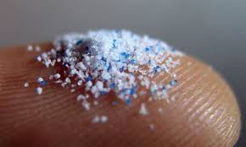

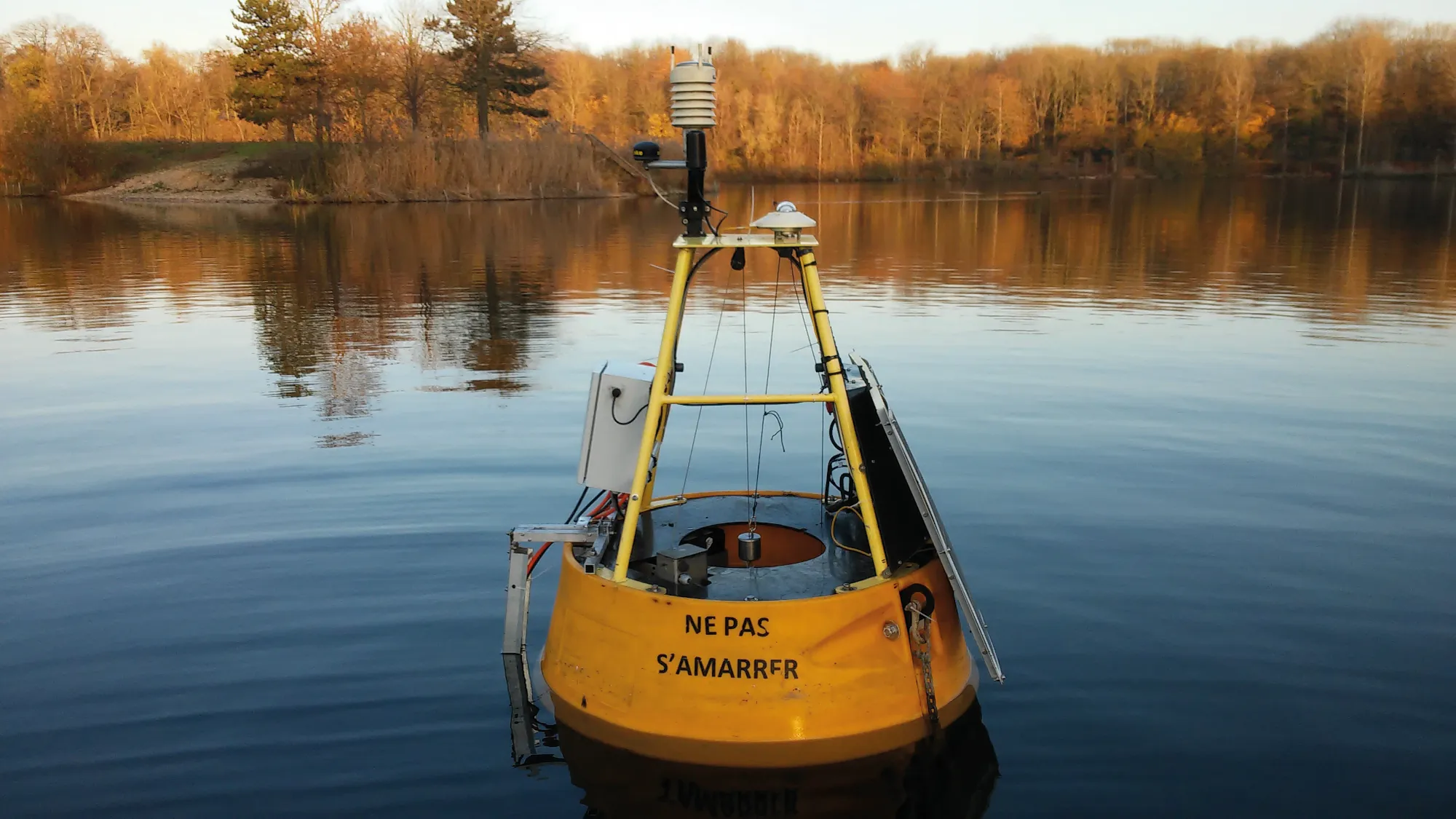
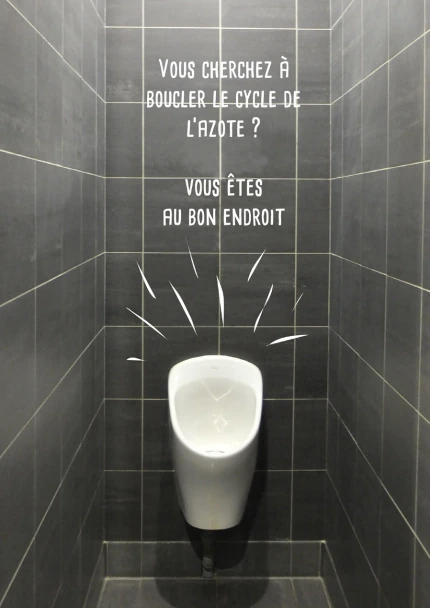
 Scientific production
Scientific production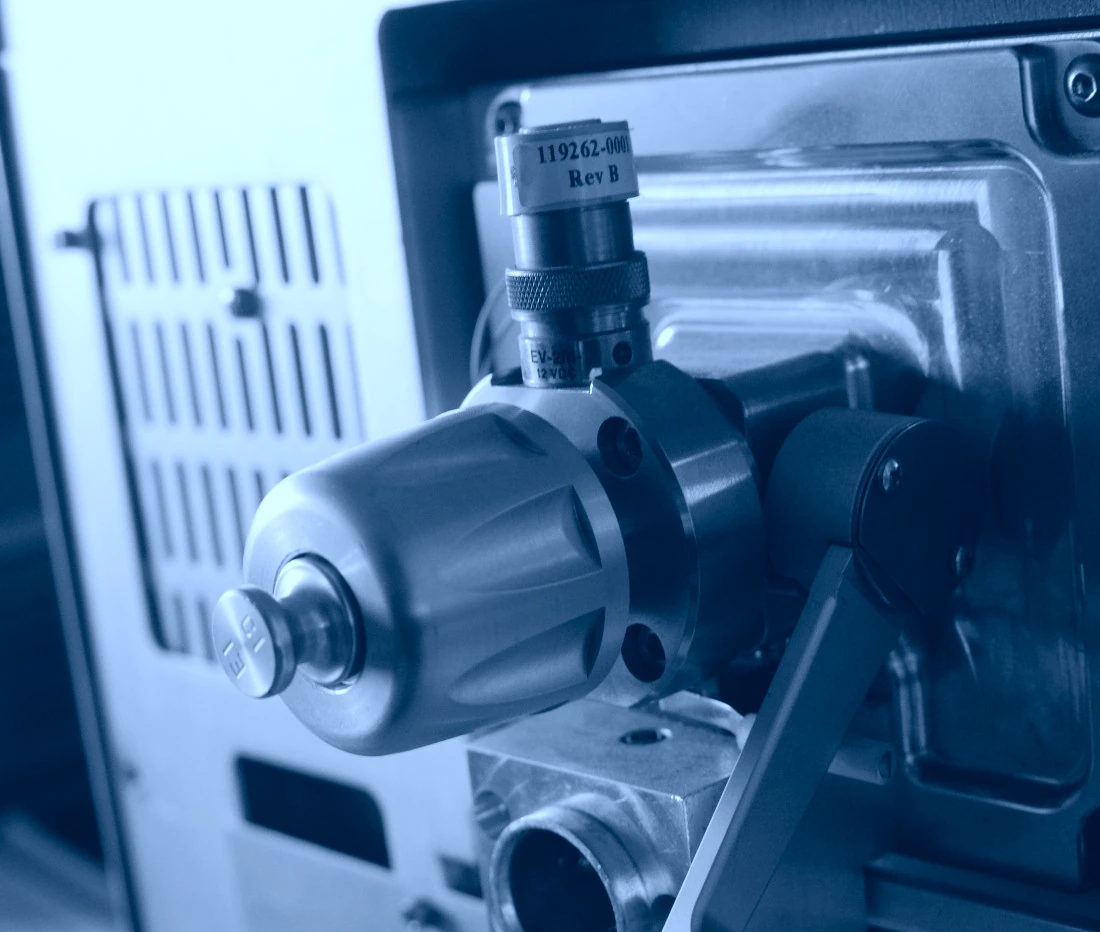 Technical resources and equipment
Technical resources and equipment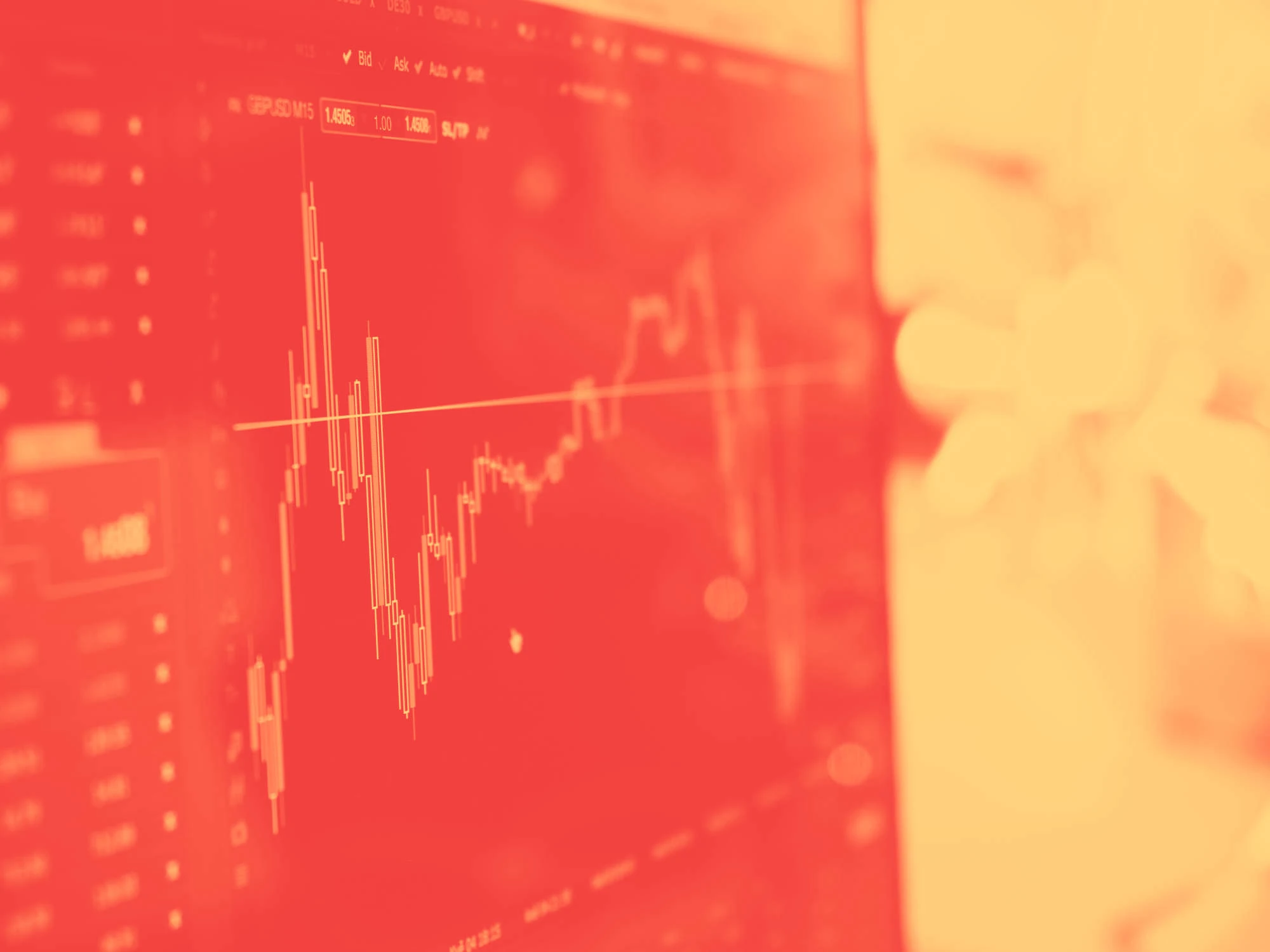 Expertise and disciplines
Expertise and disciplines
